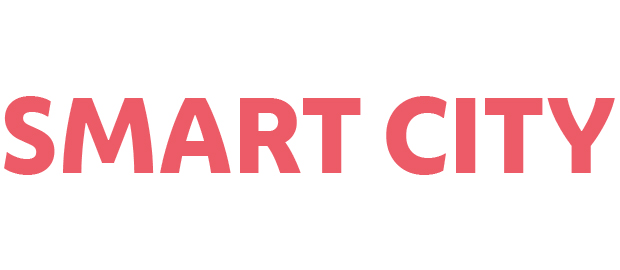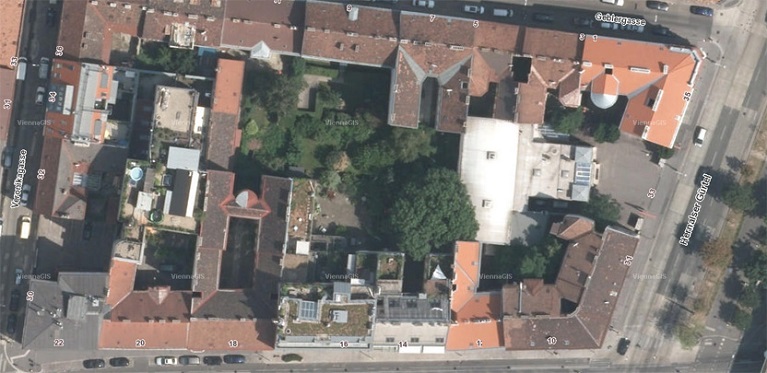The project explores how transnational solutions are implemented in the areas of energy, mobility and which new financing models and participation and communication structures are relevant.
This project attempts to build a bridge between the theoretical SMART BLOCK concept from a pilot project and a smart block renovation in the practical example SMART BLOCK II Energy. The goal is multi-property solutions instead of individual solutions in the areas of energy, mobility and financing, and integrative planning instead of individual planning.
The innovative nature of this project lies on the one hand in expanding existing multi-property methods by the aspects of a smart city (energy, mobility and alternative financing solutions, always considering the residents). On the other hand, tested technologies, services and models as common in an urban environment should become applicable for new uses: mixed property conditions with corresponding property law complexity (with respect to maintenance and improvement), different financial power and willingness to invest of the property owners/residents, different access to energy supply and efficiency, mobility patterns, community institutions, etc.
Goals
- Multi-building and multi-property supply with/use of renewable energy
- Development of location-specific alternative urban mobility concepts
- Development of alternative financing models for energy and mobility supply
- Building of communication structures and process models for the implementation of a “Smart Block”.
As to results and findings for the implementation of SMART BLOCK DEMO there will be on hand:
- Communication structures: A structure for property owners is created, which in the demo project negotiates individual interests, allows joint renovation including connecting courtyards and establishes a multi-property heating system. The advisory board includes all relevant players and groups. This committee provides technical support and also serves to balance interests.
- Content-related foundations: Foundations for multi-property renovations were compiled. The mobility structure (potential and risks) were evaluated in order to put together a mobility package for residents during the demo project.
- Legal frame conditions for multi-property planning, renovation and billing of a joint heating system are examined. Alternative financing models were developed.
Contact
Mag.a Jutta Wört-Gössler
E-Mail: jutta.goessler@chello.at
This post is also available in: German




